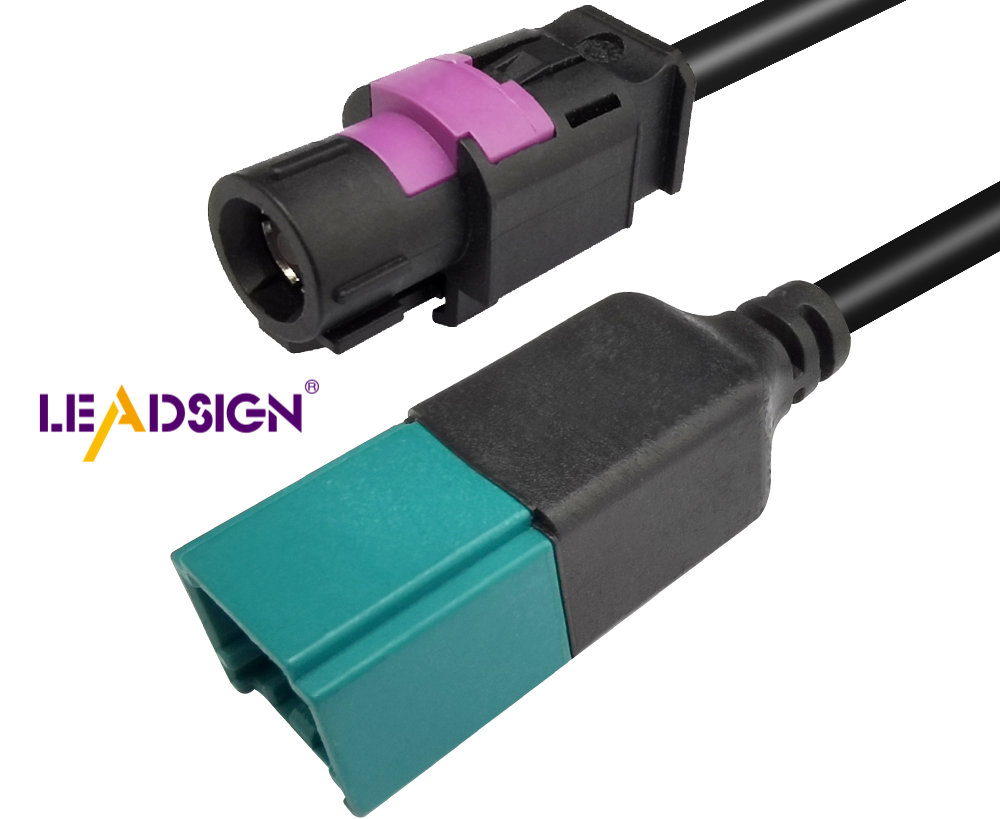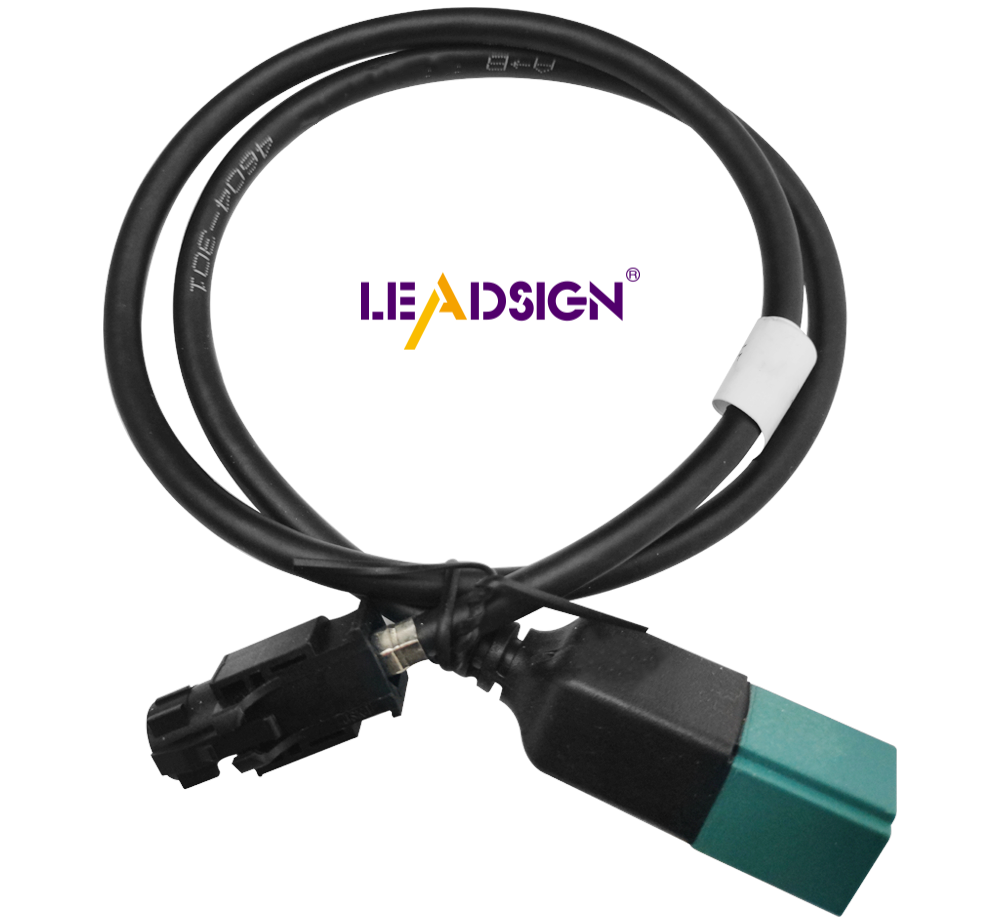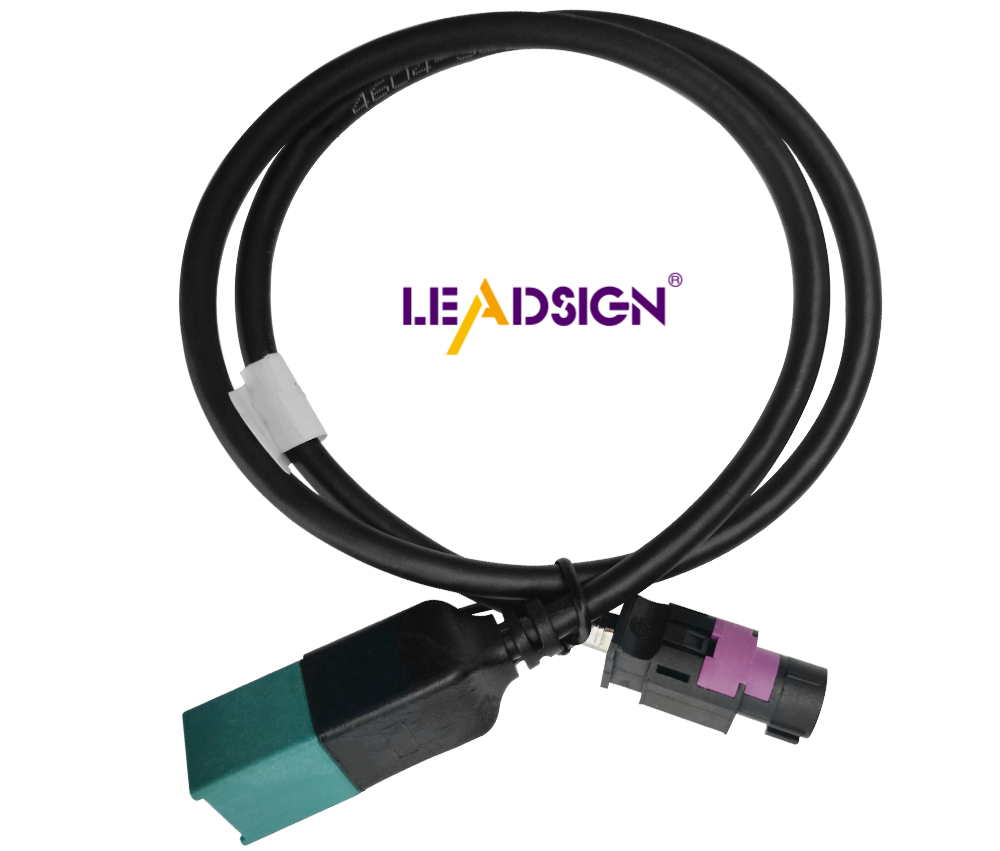Car Audio Systems: Choosing Between HSD and Traditional Speaker Cables

Choosing the right car audio speaker cable can significantly impact your music listening experience. The ideal cable delivers clear sound and enhances your car's audio system. Car audio speaker cables come in various types, with HSD cables and traditional speaker cables being popular options. HSD cables, or High-Speed Data cables, are designed to handle high-frequency signals effectively, making them well-suited for complex audio setups. On the other hand, traditional speaker cables, typically made of copper, are effective for transmitting audio signals over short distances. Each type offers its own advantages. Understanding these differences helps you make an informed decision. A quality car audio speaker cable ensures your system performs optimally. Your car audio system deserves the best speaker cable.
Understanding HSD and Traditional Speaker Cables

Definition and Features
What are HSD Cables?
HSD cables, or High-Speed Data cables, carry fast signals well. They help advanced audio systems work better. The design stops interference and keeps signals clear. Cars with complex electronics often use HSD cables.
What are Traditional Speaker Cables?
Traditional speaker cables use copper to send sound signals. They work best over short spaces. Basic car audio setups often use these cables. Their simple design makes them popular.
Applications in Car Audio Systems
Use of HSD Cables
HSD cables improve car audio with great sound quality. They fit cars with digital systems well. These cables link parts like amplifiers and speakers easily. Using HSD means less signal loss.
Use of Traditional Speaker Cables
Traditional speaker cables suit regular car audio systems. They give steady connections for daily use. Installers find them easy to handle and bend. Many choose them because they cost less.
Performance Comparison

Signal Quality
HSD Cables and Signal Quality
HSD cables keep signals strong. They send data fast, up to 8 Gbit/s. This speed gives clear sound in car systems. HSD cables keep signals strong. HSD cables have shields to block noise. They stay at 100 ohms, stopping signal loss. These cables last long and work well over time. Fancy car audio setups use HSD for top sound.
Traditional Cables and Signal Quality
Traditional cables use copper for sending signals. They are good for short spaces. Copper carries electricity well but can lose quality far away. Traditional cables lack shields like HSD ones. Without shields, they may get noisy in busy places. Still, they work fine for simple car audio.
Noise and Interference
HSD Cables and Noise
HSD cables fight noise well. Their shield stops outside sounds from getting in. This is key when cars have many gadgets inside them. HSD keeps music clear by cutting noise down. Strong build helps them stop interference too. People wanting great sound should pick HSD.
Traditional Cables and Noise
Traditional cables can let noise in more easily. No shield means outside sounds can mess with music quality. In places with lots of devices, they might not stay clear always. Yet, they’re still liked for easy setups because they're cheap and simple to install. For basic needs, traditional works okay.
Practical Considerations
Flexibility
Flexibility of HSD Cables
HSD cables bend easily in car audio systems. They fit through tight spots in cars well. Installers like them because they suit many car types. This bending helps keep setups tidy and neat. It also makes connections last longer.
Flexibility of Traditional Cables
Traditional cables are flexible too. Copper lets them bend without breaking. Installers find it easy to move these cables around cars. They work well in small spaces. This makes setting up quick and simple.
Ease of Installation
Installing HSD Cables
Setting up HSD cables needs care. Connectors must line up right for best sound. Installers need to make sure connections are tight to avoid losing signal. These cables often have special instructions to follow for easy setup.
Installing Traditional Cables
Traditional speaker cables are easy to set up. Their simple design fits basic audio systems well. Installers can connect them quickly to speakers and amps. Few tools are needed, making them a favorite choice.
Case Study: International Mine Contends Cable Corkscrewing
A field expert suggested a 2/0 Super-Trex® 600 Volt Welding Cable.
The cable lasted 14 months before needing a change.
This saved $8,300 and added 244 hours of work time.
This shows why picking the right cable is key for long use and saving money.
User Views
Music Lovers' Discussion
Sound with HSD Cables
Car fans often talk about cable sound quality. Many think HSD cables make sound clearer. These cables stop noise and keep signals strong. This gives clear, sharp sound. HSD cables handle high sounds well. They are great for fancy car audio systems. Using HSD cables can really improve how music sounds.
Opinions:
"The clear sound from my car with an HSD cable is the best," says John, a car audio fan. "I hear every note perfectly."
People who want top sound like HSD cables. They might cost more, but the better sound is worth it for many.
Sound with Traditional Cables
Some people prefer regular speaker cables for cars. These give good everyday sound quality. A regular speaker cable uses copper to send signals well over short spaces. Many find these enough for their needs. Their simple design makes them popular.
Opinions:
"I use regular speaker cables in my car, and they work fine for daily drives," shares Emily, a casual listener. "I don't need anything fancy."
Regular speaker cables are cheap and easy to set up. People like how simple they are to use and install in basic setups.
Choosing the right car audio cable makes music sound better. HSD cables keep signals strong and cut down noise. They are great for tricky setups. Regular cables work well for simple systems. Think about what you need:
For advanced systems: Pick HSD cables for clear sound with little noise.
For basic setups: Regular cables are cheap and easy to install.
Look at your car's needs and where it is used. Better cables can make a big difference in sound. Good wires and the right size help them work best. What you choose affects how good the music sounds and how happy you are with it.
See Also
Maximizing Benefits of HSD Connectors in Car Entertainment Systems
Significance of HSD Cable Integration in Contemporary Tech
Benefits of HSD Connectors in Automobile Systems

